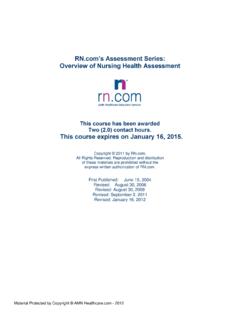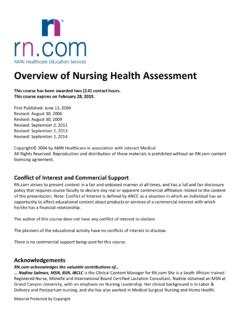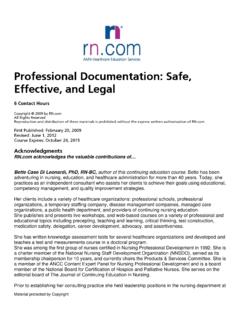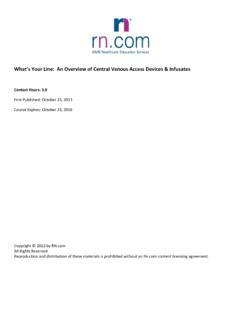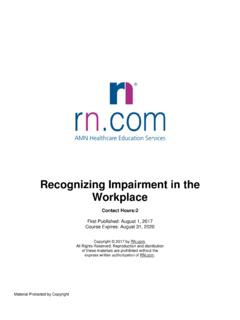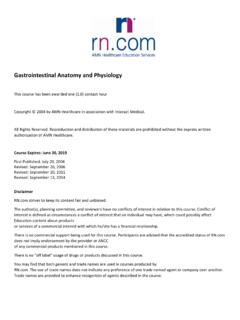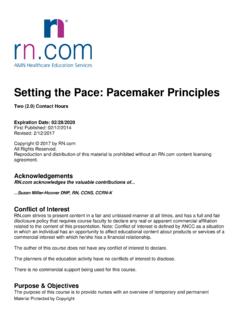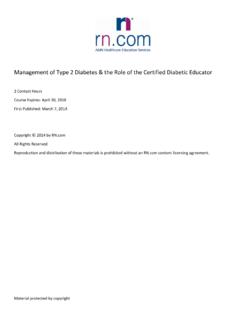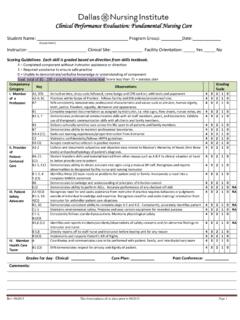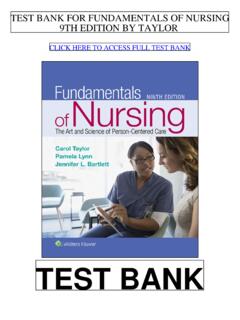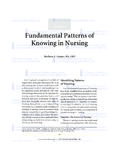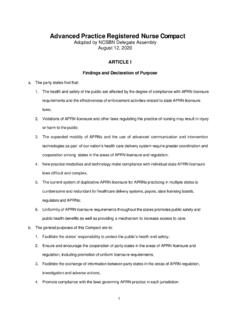Transcription of Focused Neurological Assessment - RN.com
1 Material protected by copyright Focused Neurological Assessment This course has been awarded two ( ) contact hours. This course expires on July 30, 2019. First Published: October 5, 2004 Revised: October 5, 2006 Revised: October 5, 2011 Revised: October 3, 2014 Copyright 2004 by AMN Healthcare in association with Interact Medical All Rights Reserved. Reproduction and distribution of these materials are prohibited without the express written authorization of AMN Healthcare. Conflict of Interest and Commercial Support strives to present content in a fair and unbiased manner at all times, and has a full and fair disclosure policy that requires course faculty to declare any real or apparent commercial affiliation related to the content of this presentation.
2 Note: Conflict of Interest is defined by ANCC as a situation in which an individual has an opportunity to affect educational content about products or services of a commercial interest with which he/she has a financial relationship. The author of this course does not have any conflict of interest to declare. The planners of the educational activity have no conflicts of interest to disclose. There is no commercial support being used for this course. Material protected by copyright Acknowledgements acknowledges the valuable contributions.
3 Kim Maryniak, RNC NIC, MSN, PhDc. Kim has over 25 years nursing experience with medical/surgical, psychiatry, pediatrics, and neonatal intensive care. She has been a staff nurse, charge nurse, educator, instructor, manager, and nursing director. Her instructor experience includes med/surg nursing, mental health, and physical Assessment . Kim graduated with a nursing diploma from Foothills Hospital School of Nursing in Calgary, Alberta in 1989. She achieved her Bachelor in Nursing through Athabasca University, Alberta in 2000, and her Master of Science in Nursing through University of Phoenix in 2005.
4 Kim is certified in Neonatal Intensive Care Nursing and is currently pursuing her PhD in Nursing. She is active in the National Association of Neonatal Nurses and American Nurses Association. Kim s current and previous roles include research utilization, nursing peer review and advancement, education, use of simulation, quality, process improvement, leadership development, infection control, patient throughput, nursing operations, and professional development.. Lori Constantine MSN, RN, C FNP, the original course author.
5 Purpose & Objectives The fundamental processes of the brain and nervous system are key to understanding why nurses perform a Focused Neurological Assessment . If there is a disruption to any of these processes, the whole body suffers. This course will discuss specific Neurological history questions and exam techniques for your adult patient. Physical exam techniques such as inspection, palpation, percussion, and auscultation will be highlighted. Additionally, throughout the course, you will learn how alterations in your Neurological Assessment findings could indicate potential nervous system abnormalities.
6 After successful completion of this course, the participant will be able to: 1. Outline a systematic approach to Neurological Assessment . 2. Discuss history questions which will help you focus your Neurological Assessment . 3. Describe abnormal Neurological Assessment findings associated with inspection, auscultation, percussion, and palpation. Glossary Definitions from Tabers dictionary (Venes, 2013) and Mosby s dictionary (Mosby Co., 2012) Afferent Transporting toward a center; opposite of efferent.
7 Amygdala Brain structure that is part of the limbic system. Implicated in emotion. Arachnoid mater Middle layer of the meninges. Association fibers Association fibers transmit impulses between gyri in the same hemisphere. Astrocyte (astroglia) A glial cell that supports neurons. Axon The part of the neuron that takes information away from the cell body. Basal ganglia Areas of the brain that are important for movement. These areas include the putamen, caudate nucleus, globus pallidus, subthalamic nucleus and substantia nigra.
8 Material protected by copyright Bipolar neuron Neuron with only two processes extending from the cell body. Blood brain barrier A system of astrocytes and capillaries in the brain that prevents the passage of specific substances. Brainstem The central core of the brain. Cauda equine The "horse's tail" made up of a bundle of spinal nerves at the base of the spinal cord. Cell body Also called the soma; the part of the cell that contains the nucleus. Central nervous system The brain and spinal cord.
9 Central sulcus Large groove in the brain that separates the frontal and parietal lobes. Cerebellum Area of the brain above the pons and medulla that is important for balance and posture. Cerebral cortex Outermost layer (the grey matter) of the cerebral hemisphere. Cerebrospinal fluid (CSF) Clear fluid in the ventricular system of the brain that cushions and protects the brain from injury. Cerebrum The cerebrum is the largest portion of the brain. It covers the diencephalon. The surface of the cerebrum is composed of grey matter and is known as the cerebral cortex.
10 Choroid plexus Vascular structures in the ventricular system that produce cerebrospinal fluid. Cingulate cortex Part of the limbic system, located directly above the corpus callosum. It is important for emotional behavior. Circle of Willis Blood supply of the brain that unites the anterior and posterior circulation so that the brain has a backup system if one source of blood is interrupted. Commisural fibers Commisural fibers transmit nerve impulses from gyri on one hemisphere with the corresponding gyri in the opposite hemisphere.
